Advice
The 9 Most Common Problems with Solar Panels
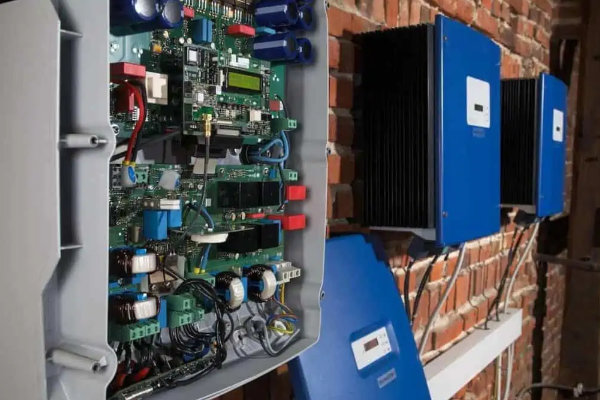
1. Electrical Issues
Solar panels are connected to the electrical grid, and as such, they can experience problems with their electrical connections. This is usually due to a loose connection or a break in the wiring. If not fixed, this can lead to a loss of power or even a fire.
Faulty wiring prevents your solar panels from performing well. Loose connections, corrosion, and oxidation may interfere with electricity production. Unless you know what you are doing, or perhaps you are a qualified electrician, don’t try to tamper with the wiring system on your own. In fact, in some countries, if you are not a licensed electrician, tampering with solar panel wiring is an offense. Contact a licensed electrician to have everything checked properly.
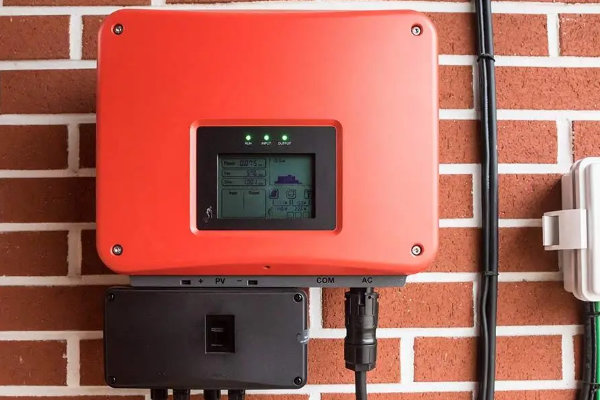
2. Inverter Problems
Inverters are an important part of your power network. The inverter is responsible for converting the ‘captured’ energy into usable electricity for your home and supplying power to the power grid. A defect in your inverter can lead to great energy loss even a fire.
Your system of panels cannot do without an inverter. Whether you are on the grid for some of your electricity needs or not, this is true. Even hybrids need inverters.
Most solar panels can last up to 20 years, but inverters aren’t quite that durable. Most people have to change their inverters an average of every 10 to 15 years.
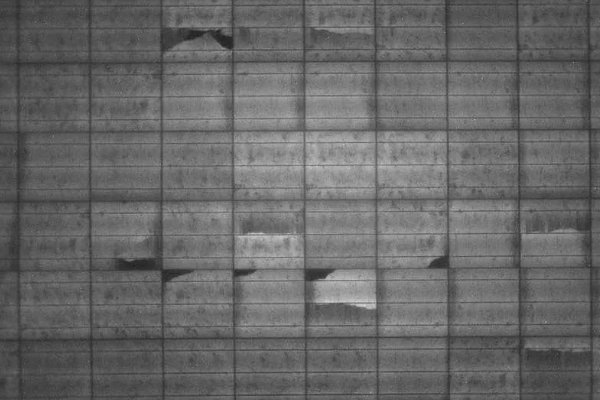
3. Micro Cracks
Micro-cracks are a common issue with solar panels and can compromise the effectiveness of your system.
They can occur over time due to weathering, but also during production, delivery or due to careless installation.
Micro-cracks do not necessarily result in immediate production loss, but they can grow over time. The bigger the cracks, the greater the inefficiency of the panel.
Microcracks are reparable. But left untreated, they will expand.
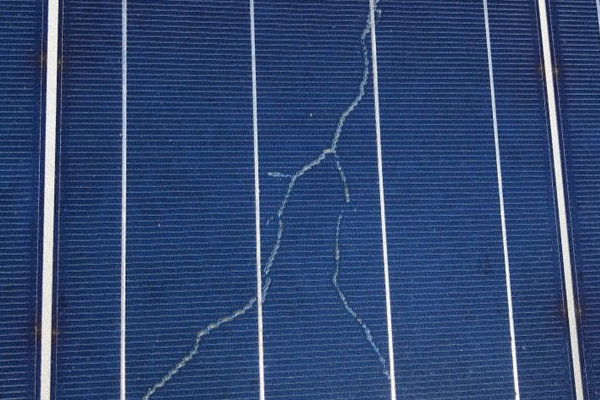
4. Snail Trail Contamination
Solar panel snail trails have nothing to do with the snails sliding over the surface of your panels. But the name comes from the brown lines that can form on solar panels that look like snail tracks .
Snail trails usually only manifest after a few years and are caused by several factors, including defective silver paste used during the manufacturing of the solar panels, or micro-cracks in the solar cells which can create localised heat, which reacts with the moisture present, causing the snail trails.
Snail trails can also reduce the amount of sunlight that reaches the solar panel, which will in turn reduce the amount of electricity that the panel produces. Snail trails can also cause physical damage to the panel if they are allowed to build up too much.
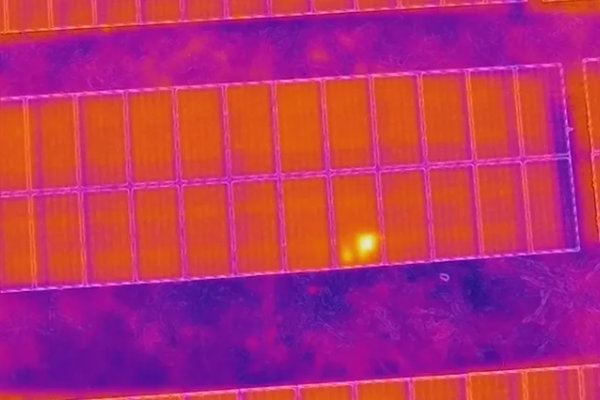
5. Hot Spots
Hot spots are places on the panels which are overloaded and therefore become warm. They are among the most common issues with solar or PV systems.
Overheating can create brown spots on the cells. Although hot spots are not always visible to the naked eye and often the only way to determine if a solar panel is compromised is to use a specialised thermal imaging camera that will highlight the temperature difference between the various cells.
Hot spot heating occurs when there is disproportionate heating of a shaded single PV cell. Several things can cause this, including the accumulation of dirt on the panels, badly soldered connection or are a result of a structural defect in the solar cells. However it is worth noting that regular shading from rooftop obstacles can in some cases cause hot spots to form over several years due to the reverse current effect of the shaded cells.
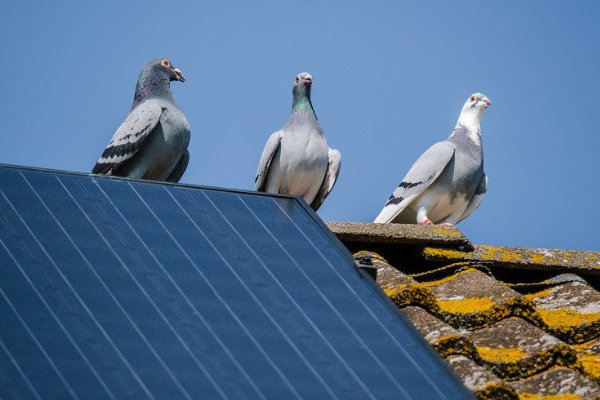
6. Birds
Birds can be a problem for solar panels in two ways. First, they can physically damage the panel if they build a nest on it or if they try to peck at it. Second, their droppings can soil the panel and reduce its efficiency.
Pigeons nesting under solar panels can dislodge the wiring connecting the panels. This can cause the entire system to stop working, and potentially other short circuits within household electrics.
The material build-up of twigs, leaves and other debris underneath the panels can cause hotspots. Solar cells then overheat which can reduce the overall efficiency and even render the system completely useless.
It’s not just under the panels that pigeons cause problems. Repeatedly walking on the panels can scratch the surface, while their droppings can coat the top, reducing the panels ability to capture sunlight. The droppings are also highly corrosive and can cause damage to the solar cells, as well as rooftiles.
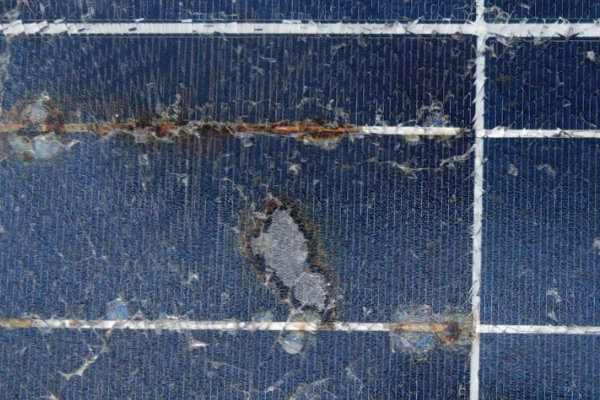
7. Internal Corrosion & Delamination
Internal corrosion (rusting) occurs when moisture seeps into the panel and this is one of the most common problems with solar panels.
If the laminated component of the solar panels comes undone, moisture and air can penetrate the system and cause internal corrosion or rusting. This can affect the wiring and cause all sorts of electrical issues. Thus, rendering your PV system useless.
This often starts at the edge of the panel and can spread across the rest of the panel.
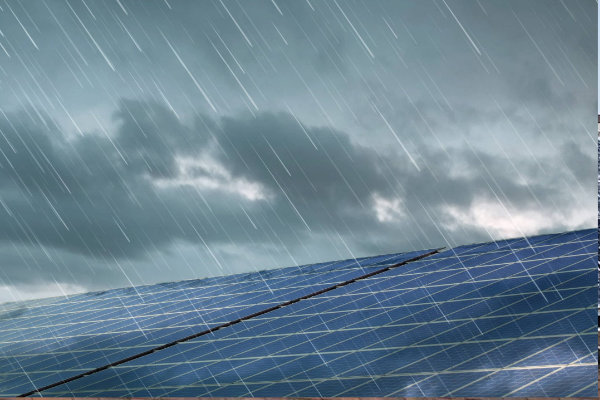
8. Weather Damage
Solar panels contain glass, and as such, they can be susceptible to breakage. This is usually due to severe weather conditions, such as high winds, hail, or lightning strikes.
This damage can occur either to the panels themselves or to the electrical components that connect the panels to the rest of the solar energy system.
Panel damage can lead to a loss of power or even a fire.

9. PID Effect
PID stands for ‘Potential Induced Degradation’. Solar systems need grounding to pass dangerous currents into the earth. The PID effect can arise when voltage moving between panels and the ground pushes stray currents into areas of cells.
When this happens, the primary power circuit ends up producing partial voltage discharge.
This can further lead to a reduction in performance and quicker ageing of the PV panel.